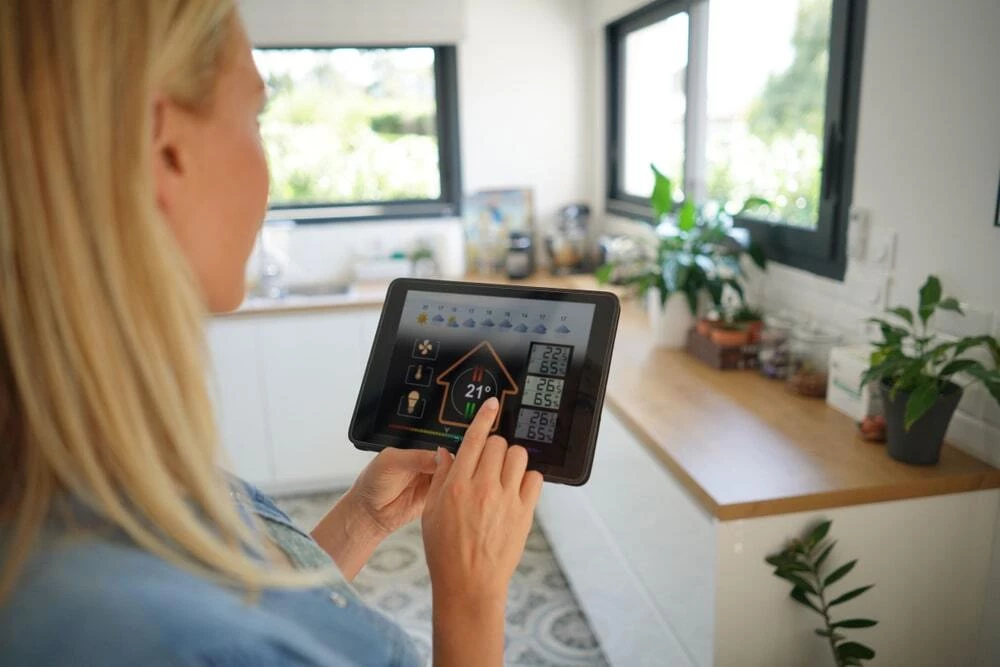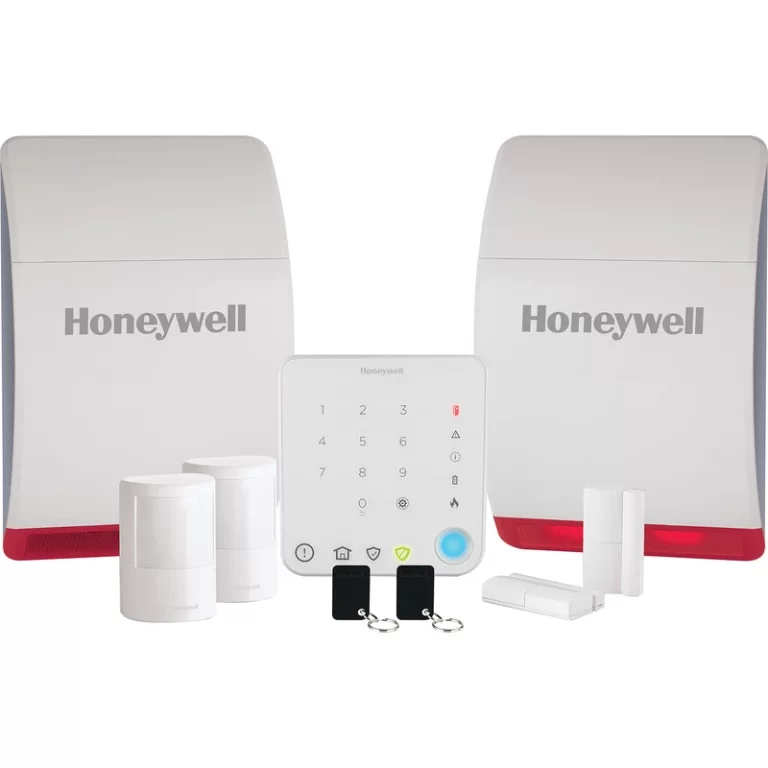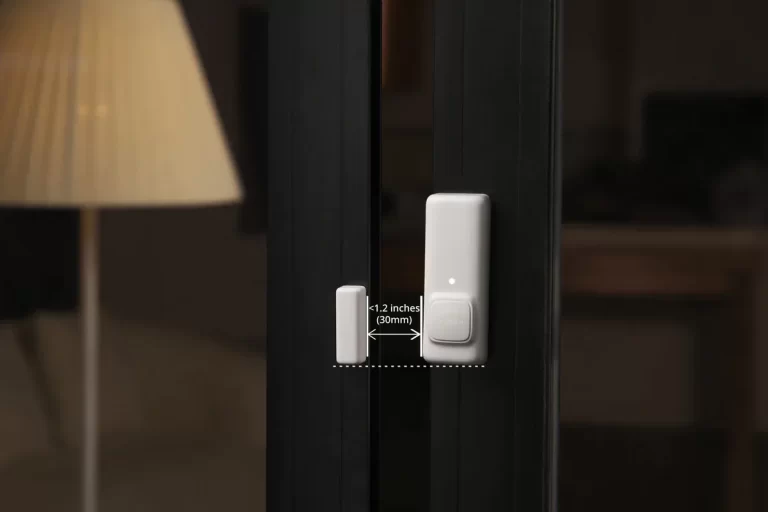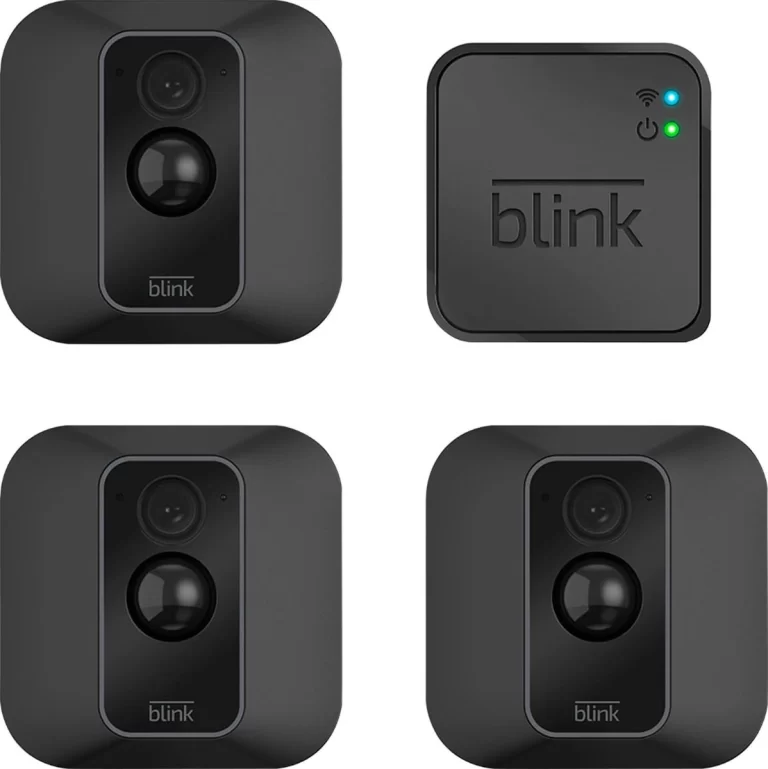How Does Smart Home Technology Work?
How does smart home technology work? This article will explore how smart home technology works, its components, communication protocols, voice-activated assistants, security concerns, benefits, and the future prospects of this innovative technology.

How Does Smart Home Technology Work?
Smart home technology refers to the integration of various devices and appliances within a home, allowing them to communicate and be controlled remotely.
These devices are equipped with sensors and advanced technologies that enable them to collect data, respond to user inputs, and automate tasks to create a more efficient and comfortable living environment.
The Components of a Smart Home
Here are some components of a smart home device:
1. Smart Devices and Appliances
Smart home devices include a wide range of products such as smart thermostats, smart lighting, smart locks, smart cameras, and smart kitchen appliances.
These devices can be connected to a central hub or operated individually through mobile apps.
2. Home Automation Systems
Home automation systems serve as the brain of a smart home, allowing users to set up rules and schedules for their smart devices.
These systems enable seamless communication and coordination between different devices, making the overall experience more cohesive and user-friendly.
3. Communication Protocols
Smart home devices use various communication protocols to exchange information with each other and with the central hub.
Common protocols include Wi-Fi, Bluetooth, Zigbee, Z-Wave, and Thread, each with its unique advantages in terms of range, power consumption, and compatibility.
How Smart Home Technology Communicates
Here are a few ways smart home technology communicates:
1. Wi-Fi
Wi-Fi is the most widely used communication protocol in smart homes due to its ubiquity and high data transfer rates.
Devices connected via Wi-Fi can communicate with each other and the internet, providing users with remote access and control over their smart home devices.
2. Bluetooth
Bluetooth is commonly used for short-range communication between devices. It allows for seamless pairing and direct control over devices, making it ideal for smart home gadgets that are in close proximity to each other.
3. Zigbee
Zigbee is a low-power communication protocol designed for smart home applications. It enables devices to form a mesh network, extending the range of communication and ensuring a reliable connection.
4. Z-Wave
Z-Wave is another low-power communication protocol that operates in the sub-GHz range. It provides excellent interoperability and is often found in smart home devices that require long battery life.
5. Thread
Thread is a robust and secure communication protocol designed for smart homes. It utilizes IPv6 technology, ensuring seamless connectivity and efficient data transmission between devices.
Voice-Activated Assistants and Artificial Intelligence
Voice-activated assistants, such as Amazon Alexa, Google Assistant, and Apple’s Siri, play a crucial role in smart homes.
These assistants use artificial intelligence to understand and respond to voice commands, allowing users to control their smart devices simply by speaking.
Smart Home Security and Privacy
As smart home technology becomes more prevalent, security and privacy concerns arise.
Hacking and data breaches are potential risks, making it crucial for manufacturers to prioritize robust security measures and for users to adopt best practices in securing their smart home networks.
Benefits of Smart Home Technology
Read up on some benefits of smart home technology:
1. Convenience and Comfort
Smart home technology streamlines various tasks, making daily routines more convenient and efficient.
From adjusting thermostats remotely to automating lighting based on user preferences, smart homes enhance comfort and ease in daily life.
2. Energy Efficiency
Smart home devices optimize energy consumption by intelligently regulating heating, cooling, and lighting based on usage patterns and occupancy. This leads to reduced energy bills and a more eco-friendly lifestyle.
3. Improved Security
Smart home security systems offer real-time monitoring, alert notifications, and remote surveillance, providing homeowners with greater peace of mind and a heightened sense of security.
4. Accessibility for People with Disabilities
Smart home technology has the potential to improve the lives of individuals with disabilities, enabling them to control their environment more independently through voice commands or accessible interfaces.
Challenges and Concerns of Smart Home Technology

Here are major challenges and concerns about smart home technology:
1. Interoperability
The lack of universal communication standards can create compatibility issues among smart home devices from different manufacturers. This interoperability challenge hinders seamless integration and communication.
2. Security Risks
As smart homes become more connected, the risk of cyberattacks increases. Vulnerabilities in devices and networks could expose user’s personal data and compromise their security.
3. Data Privacy
The vast amount of data collected by smart home devices raises concerns about data privacy. Users must be aware of the data being collected and ensure that it is handled responsibly and ethically.
The Future of Smart Home Technology
The future of smart home technology looks promising. Advancements in artificial intelligence, communication protocols, and sensor technologies will likely lead to even more sophisticated and user-friendly smart homes.
Increased focus on security and privacy will further drive consumer adoption.
Conclusion
How does smart home technology work? Smart home technology has transformed the way we live, offering convenience, energy efficiency, and enhanced security.
By integrating smart devices, automation systems, and voice-activated assistants, smart homes create a seamless and interconnected living environment.
However, challenges such as interoperability and security must be addressed to ensure the widespread adoption of this technology.
READ ALSO!!!




